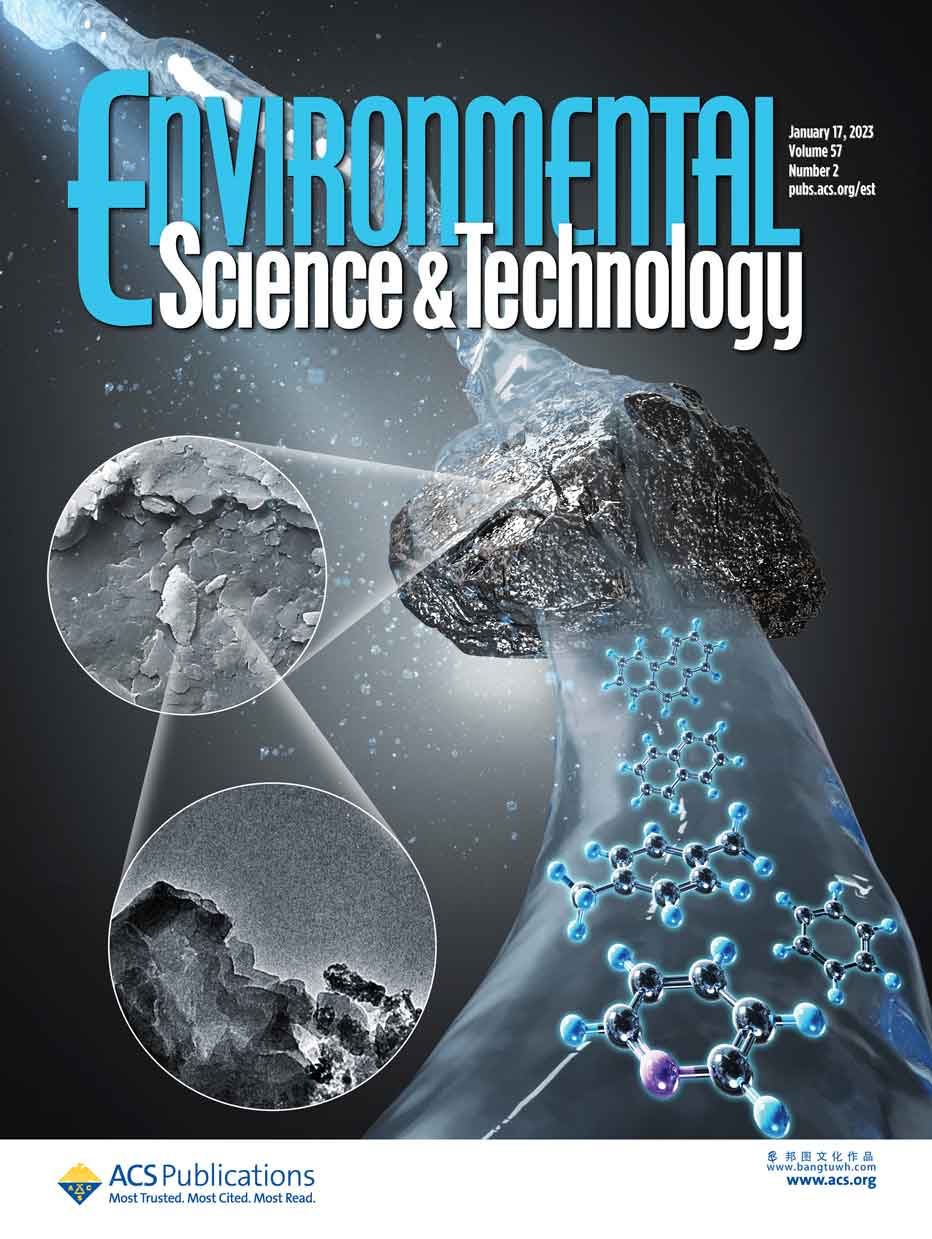科研绘图sci画图作图学术杂志封面设计toc示意图文章配图医学动画





anthracite is globally used as a filter material for water purification. herein, it was found that up to 15 disinfection byproducts (dbps) were formed in the chlorination of anthracite-filtered pure water, while the levels of dbps were below the detection limit in the chlorination of zeolite-, quartz sand-, and porcelain sandstone-filtered pure water. in new-anthracite-filtered water, the levels of dissolved organic carbon (doc), dissolved organic nitrogen (don), and ammonia nitrogen (nh3–n) ranged from 266.3 to 305.4 μg/l, 37 to 61 μg/l, and 8.6 to 17.1 μg/l, respectively. in aged anthracite (collected from a filter at a dwtp after one year of operation) filtered water, the levels of the above substances ranged from 475.1 to 597.5 μg/l, 62.1 to 125.6 μg/l, and 14 to 28.9 μg/l, respectively. anthracite would release dissolved substances into filtered water, and aged anthracite releases more substances than new anthracite. the released organics were partly (around 5%) composed by the μg/l level of toxic and carcinogenic aromatic carbons including pyridine, paraxylene, benzene, naphthalene, and phenanthrene, while over 95% of the released organics could not be identified. organic carbon may be torn off from the carbon skeleton structure of anthracite due to hydrodynamic force in the water filtration process.



微信扫一扫,加设计师好友
17621261539
周一至周五8:30-18:00

提升“研值”

工作人员将在1个小时内联系您。


